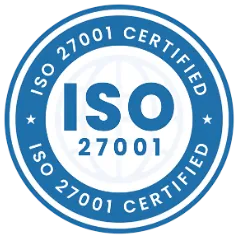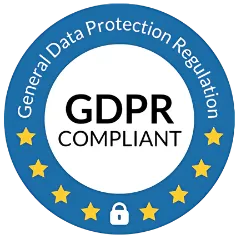Asset identification and tagging is a crucial aspect of asset management in any industry. It involves labeling and tracking physical assets such as equipment, machinery, and tools to maintain a comprehensive inventory. Asset identification and tagging help companies keep track of their assets and ensure they are utilized optimally, reducing downtime, and maximizing productivity. Without a proper asset identification and tagging system in place, it becomes difficult for companies to manage their assets, leading to inefficiencies and lost revenue.
Asset Tagging and Asset Identification:
Asset tagging and asset identification are two critical processes involved in asset management. Asset identification involves assigning unique identifiers to each asset, typically in the form of a serial number or barcode. This way, businesses can track their assets, monitor their usage, and maintain them effectively. Asset tagging involves physically attaching labels or tags to each asset, with the assigned identifier. These tags can contain additional information, such as the asset's location, maintenance schedule, and other relevant details. Asset tagging and identification enable businesses to maintain accurate records of their assets, reduce downtime, and increase productivity. It also helps companies comply with regulatory requirements and make informed decisions about asset maintenance and investment.
Asset Identification and Tagging in various industries:
In any industry, asset identification and tagging are essential to maintain stability and ensure the smooth functioning of operations. It is especially critical in asset-intensive industries such as manufacturing, construction, and logistics, where companies rely heavily on their equipment and machinery to carry out their day-to-day activities. Asset identification and tagging provide companies with a detailed inventory of their assets, allowing them to track their location, usage, and maintenance requirements. This information helps companies make informed decisions regarding asset maintenance, repair, and replacement, ultimately reducing downtime and increasing productivity.
Asset identification and tagging is a critical aspect of asset management in various industries, and here are some descriptive pointers explaining its importance:
- Enhanced Asset Tracking: Asset identification and tagging enables businesses to track their assets and monitor their movement, usage, and condition. This way, organizations can ensure that their assets are being utilized optimally, reducing downtime, and maximizing productivity.
- Improved Asset Utilization: Asset identification and tagging ensures that companies can utilize their assets to their fullest potential. It enables companies to track the usage of their assets and make informed decisions on maintenance and repair, reducing the need for expensive asset replacement.
- Preventing Asset Theft: In industries like logistics and transportation, asset identification and tagging helps prevent theft and loss of assets. It enables businesses to track the movement of their assets and identify potential theft or unauthorized usage quickly.
- Complying with Regulations: Asset identification and tagging helps companies comply with industry regulations. For instance, the healthcare industry requires strict asset management due to regulatory requirements. Accurate asset identification and tagging are crucial in ensuring that healthcare facilities can track their equipment and provide a safe environment for patients.
- Improved Asset Maintenance: With asset identification and tagging, businesses can track asset maintenance and repairs, ensuring that assets are always in good condition. It reduces the likelihood of breakdowns and malfunctions, which can cause costly delays and disruptions to operations.
- Increased Productivity: Asset identification and tagging enables businesses to manage their assets efficiently, which results in increased productivity. It ensures that equipment and machinery are available when required, reducing downtime and enabling companies to meet their production goals.
- Accurate Asset Valuation: Asset identification and tagging enables companies to assess the value of their assets accurately. It helps in accounting, financial reporting, and decision-making, enabling businesses to make informed decisions about asset investments and maintenance.
In conclusion, asset identification and tagging are essential in various industries as it helps businesses to monitor their assets, comply with regulations, and maintain them effectively. By having accurate records of their assets, businesses can make informed decisions, reduce downtime, increase productivity, and maximize their asset utilization.
Asset identification and tagging also help companies to comply with regulatory requirements. Many industries are subject to regulations that require them to maintain accurate records of their assets, including their location and usage. Asset identification and tagging help companies keep track of their assets, making it easier for them to comply with these regulations and avoid penalties.
Summary
In summary, asset identification and tagging are crucial for any industry that relies on physical assets to operate. It provides companies with a comprehensive inventory of their assets, allowing them to track their location, usage, and maintenance requirements. By maintaining accurate records of their assets, companies can make informed decisions regarding maintenance and repair, reducing downtime and increasing productivity. Additionally, asset identification and tagging help companies comply with regulatory requirements, avoiding penalties and legal issues.
Asset Infinity is an automated software that helps businesses manage their IT assets effectively by providing a comprehensive inventory, tracking asset usage, and automating maintenance tasks. It offers a range of features such as asset tracking, maintenance scheduling, and real-time reporting, making it a powerful tool for optimizing IT asset utilization. By implementing Asset Infinity, businesses can streamline their IT asset management processes, reduce costs, and ensure that their assets are being used to their fullest potential. In this way, Asset Infinity helps businesses flourish by providing the proper management of IT assets that is necessary for success in today's digital world.

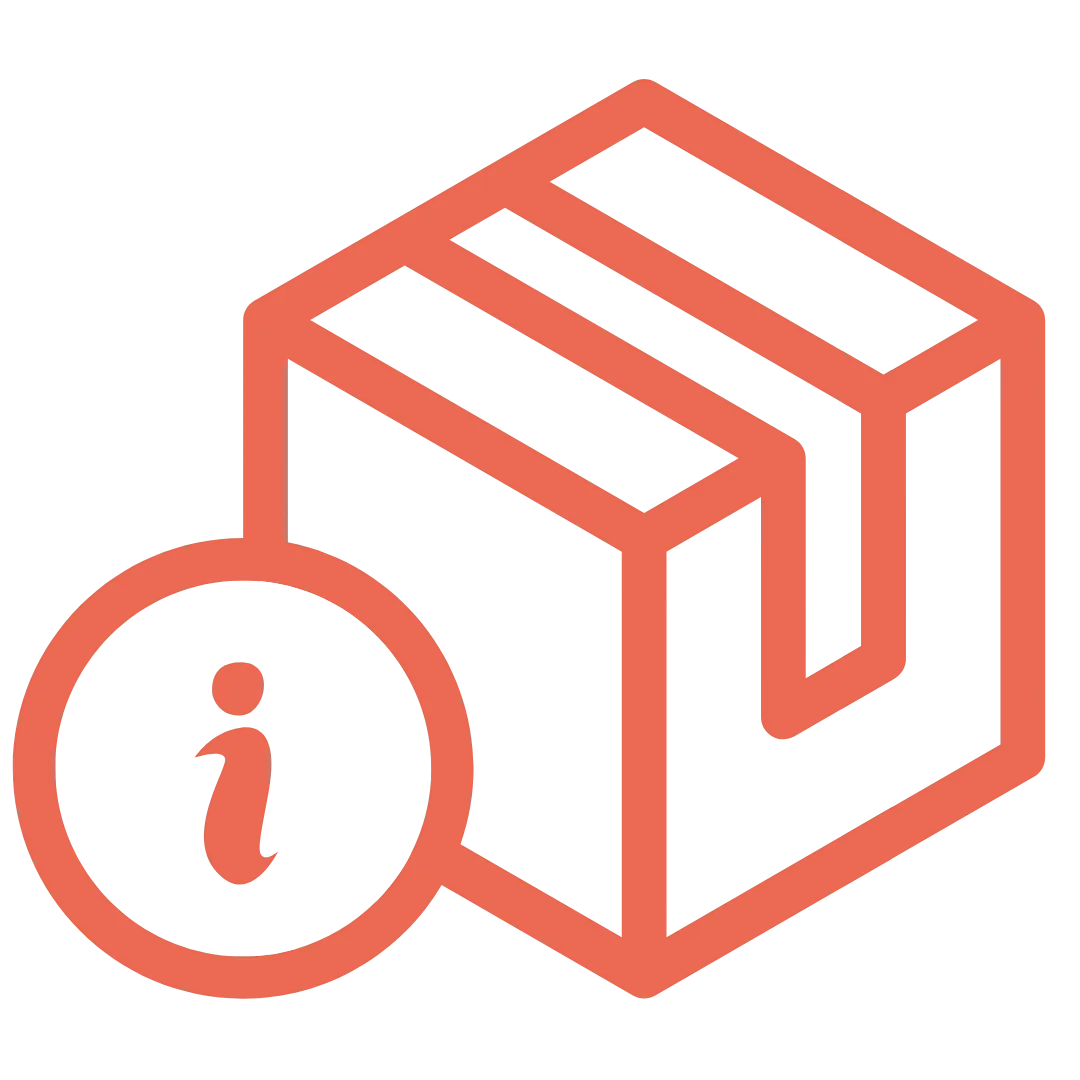










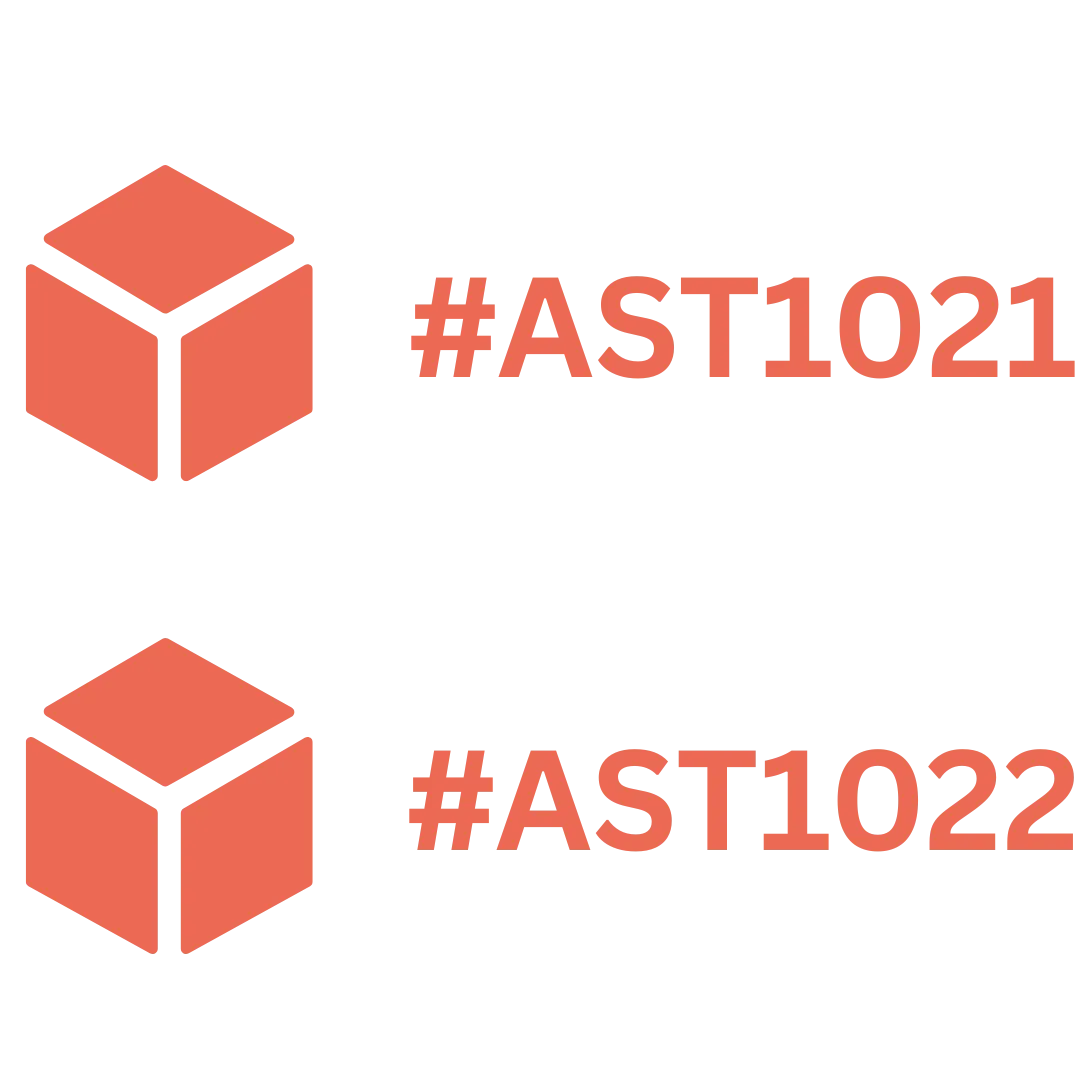





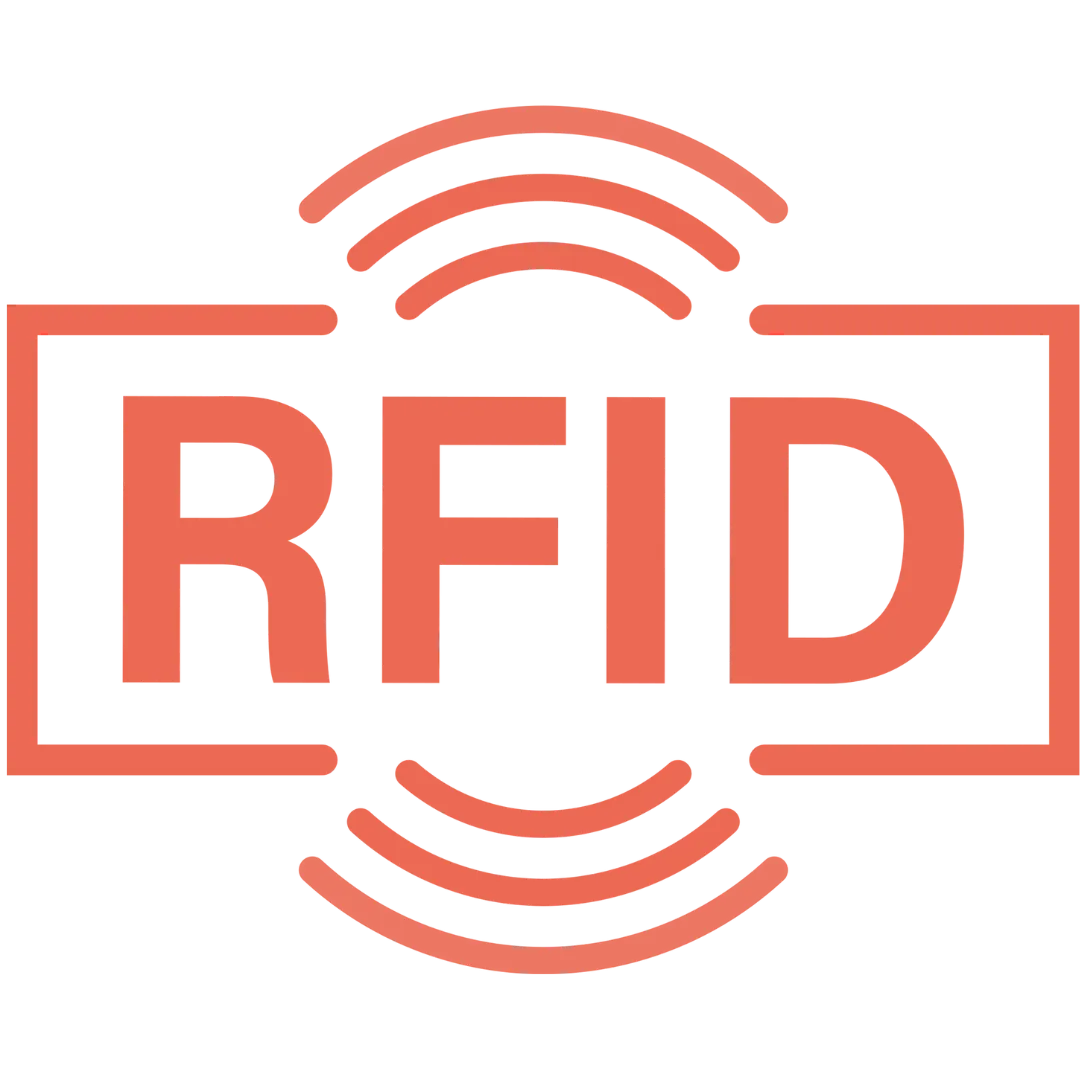






























.webp)
.webp)
.webp)
.webp)
.webp)
.webp)
.webp)
.webp)
.webp)

.svg)




.webp)
.webp)














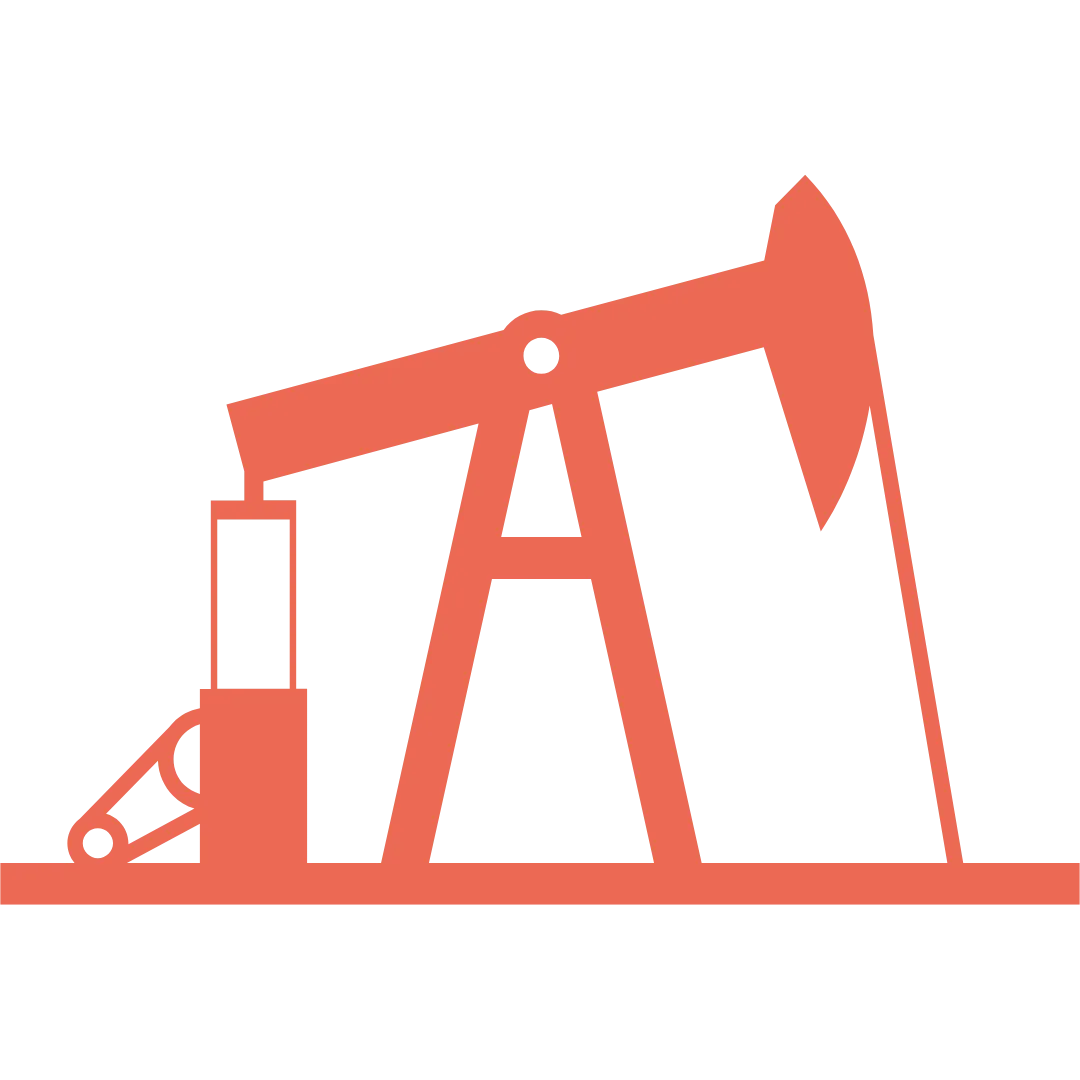




























.png)




.webp)


















